Lost River State Park - Lee Cabin
Introduction
Text-to-speech Audio
The Lost River State Park is located in the mountains of Hardy County, West Virginia on tributaries of the Lost River. The park encompasses 3,712 acres and is a popular destination for hikers and vacationers. The land for the park was acquired by the state of West Virginia in 1933 and the park opened in 1937 thanks to the work of the Civilian Conservation Corps. The park is also home to the historic Henry “Lighthorse Harry” Lee Cabin.
Images
Cranny Crow overlook at Lost River State Park
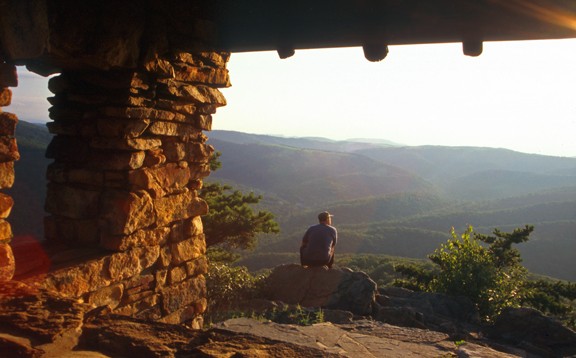
The Lee Cabin as it stands today
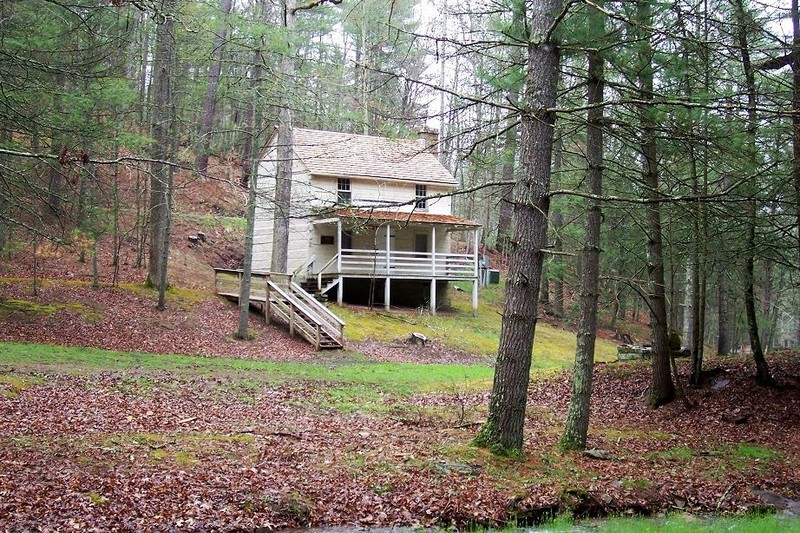
Photo of the Civilian Conservation Corps restoration of the Lee Cabin
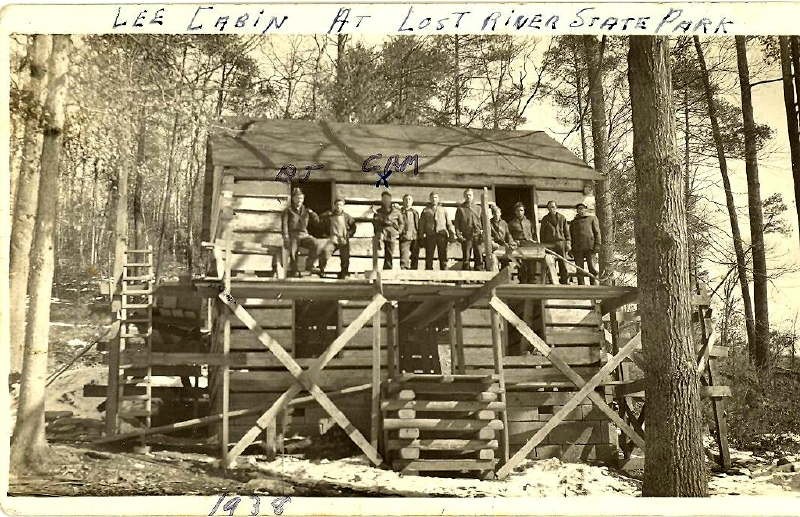
Camp Hardy where the CCC lived while working on the park
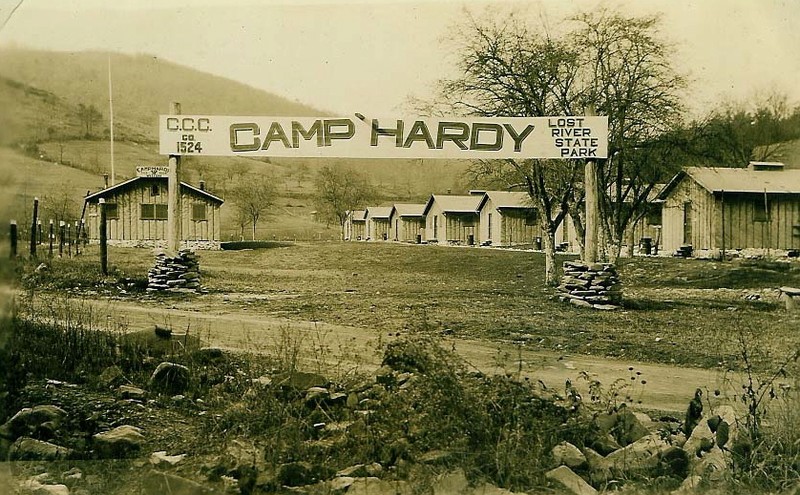
Shelter covering Lee Sulphur Spring, built by the CCC
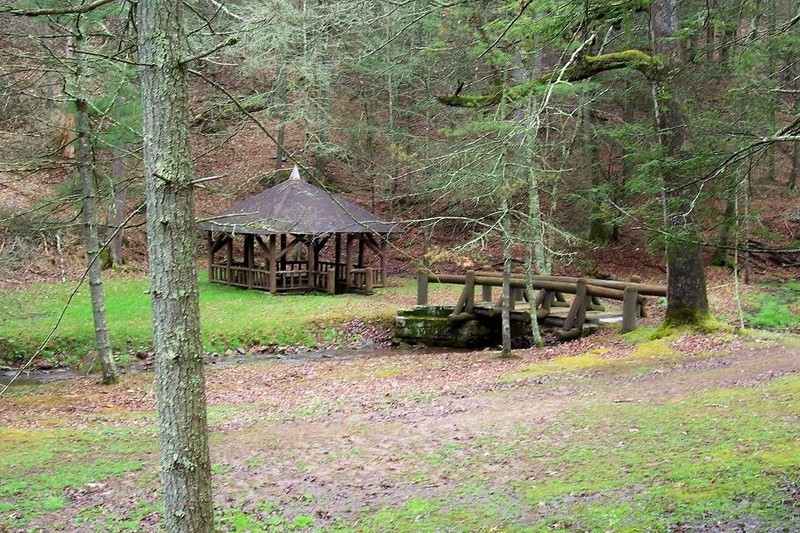
Howard's Lick historical marker
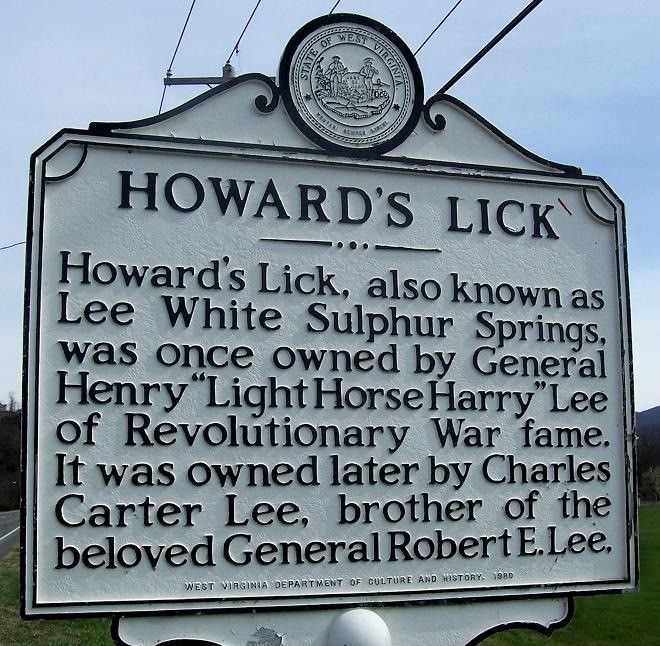
One of the many cabins located at the park today
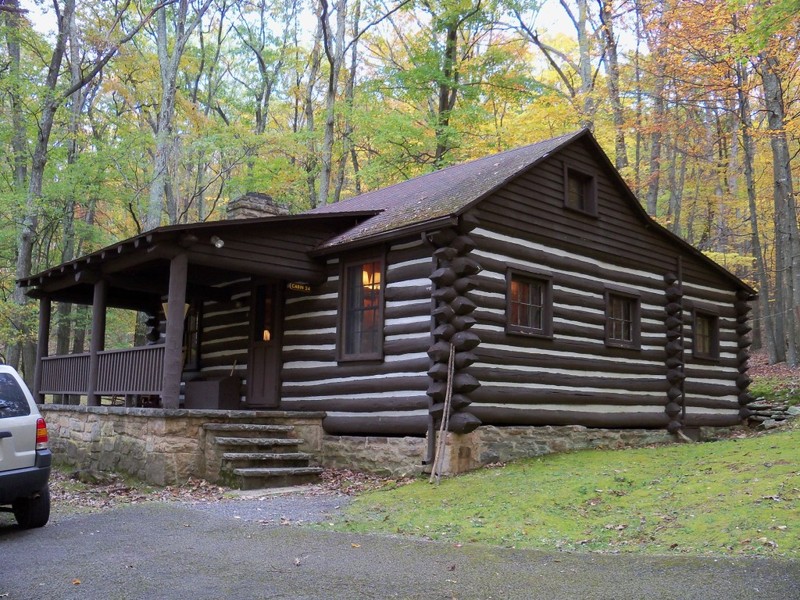
Backstory and Context
Text-to-speech Audio
The land for the park was originally part of Thomas Lord Fairfax’s massive landholdings. The park is named after the Lost River which originates south of Mathias, near Brock’s Gap, and becomes “lost” at Sandy Ridge about four miles southwest of Wardensville. There the river begins to flow underground, giving it the name Lost River, occasionally being seen after high rains. When the river emerges on the other side of Sandy Ridge, it becomes the Cacapon River.
One of the park’s famous landmarks is the Lee Cabin, built in 1804 by Henry “Lighthorse Harry” Lee as a hunting lodge and summer retreat from the wealthy family’s eastern Virginia home. Henry Lee was a Revolutionary War general and the father of Robert E. Lee. Henry Lee was also a member of the Articles of Confederation Conference from 1785 to 1801 and is the author of the well-known eulogy of George Washington that praises the first President as “first in war, first in peace, first in the hearts of our countrymen” (1).
The cabin is located near Howard’s Lick, now known as Lee Sulphur Spring, which was thought to cure many ailments during the nineteenth century. Henry Lee had a reputation for bad business and he was sentenced to debtor’s prison in 1809 for about two years. The cabin is now preserved as a small museum at the park, housing antique tools and furniture from Lee’s time. The museum opens on weekends from Memorial Day to Labor Day. The cabin was placed on the National Register of Historic Places in the 1970’s.
Lost River State Park was built largely in part by the Civilian Conservation Corps. The men of the CCC stayed at Camp Hardy, which was located near the present-day park entrance. Beginning May 15, 1934, during the Great Depression, CCC Company 1524 built cabins, an administration building, a swimming pool, a shelter covering the Lee Sulphur Spring, along with bridges and other small structures throughout the park. The CCC also restored the Lee Cabin to preserve its structure, allowing it to remain in good shape today. The hard work of the Civilian Conservation Corps allowed the Lost River State Park to open to the public in 1937.
The Park now hosts miles of hiking trails, a swimming pool, game courts, horseback riding stables, and vacation cabins and cottages. One of the most popular hiking trails is to the Cranny Crook overlook, elevation 3.200 feet, which provides stunning views of the surrounding ridges of the Appalachian Mountains. The park is a popular vacation destination and offers 26 cabins to rent, 15 of which are original CCC structures with the other 11 being modern cabins. The Lost River State Park now exists as a public reminder of the tireless work the Civilian Conservation Corps provided the state of West Virginia.
Cite This Entry
Benoit, Shefa Nola and Samantha Sheppard on behalf of Appalachian Studies Association . "Lost River State Park - Lee Cabin." Clio: Your Guide to History. February 21, 2025. Accessed July 23, 2025. https://theclio.com/entry/22863
Sources
1. Quoted in the National Register of Historic Places Nomination Form, prepared by Mrs. Nancy Snider, 1974. http://www.wvculture.org/shpo/nr/pdf/hardy/74002001.pdf Crockett, Maureen F. "Lost River State Park." e-WV: The West Virginia Encyclopedia. 07 October 2010. Web. 04 March 2016. Voorhees, Mary Dunkle "Lost River." e-WV: The West Virginia Encyclopedia. 07 October 2010. Web. 04 March 2016.

